
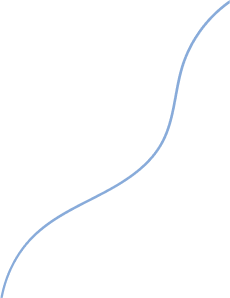
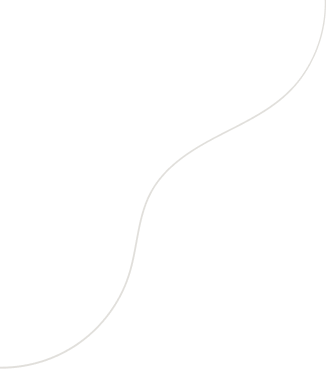

Frozen Shoulder
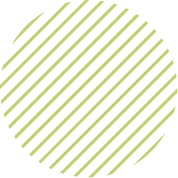
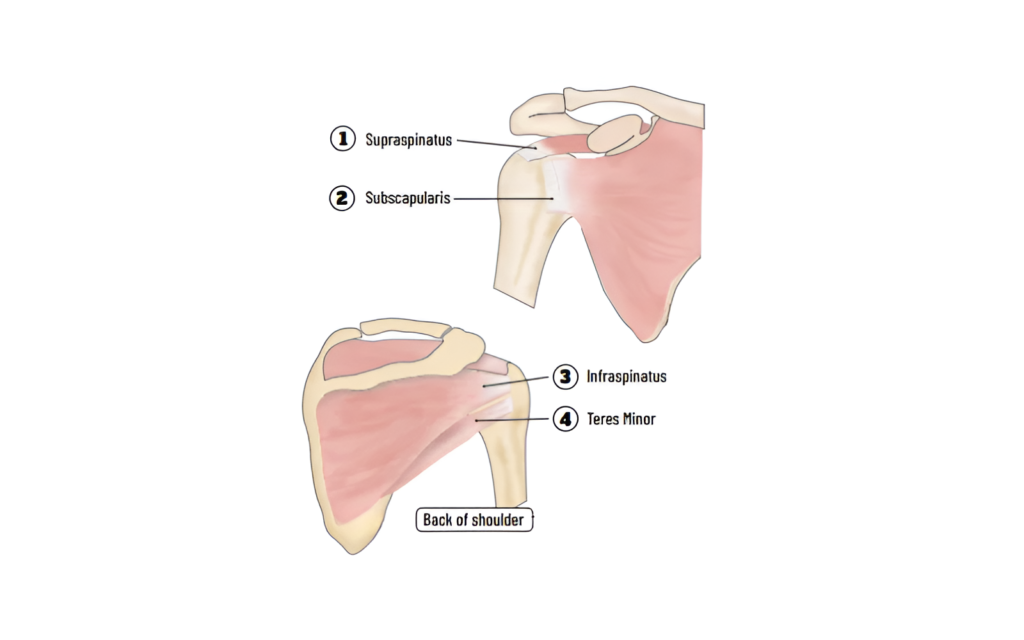

Painful Shoulder
Shoulder pain is a commonly affects middle aged and elderly and could be due to many causes. Shoulder pain should be differentiated from neck pain radiating to shoulder and referred pain from other parts of body like gall bladder or heart.
The typical shoulder pain is felt only upto elbow (does not cross to forearm) and is typically worse on lying on the same shoulder and with overhead activities.
Shoulder Pain Causes
The Shoulder is a ball and socket joint, covered by capsule and ligaments that provide stability. The ball is surrounded by a group of 4 muscle- tendons, collectively called the Rotator cuff. The cuff stabilizes the shoulder, rotates the arm and raises the arm. The cuff tendons lie under a bone called acromion, separated by lubricating sac – bursa
Shoulder pain arises, when these tendons are torn, abnormally rub against the bone ( impingement) or if the lubricating bursa is inflamed (bursitis). The capsule itself can get inflamed and contracted producing a stiff & painful condition called frozen shoulder. The moving surfaces of the joints get eroded with age or injury resulting in arthritis. The collar bone joint (AC joint) can result in pain when its become worn out. Pain could also come from calcific depositis in the tendon, irritation of the biceps tendon among other causes.


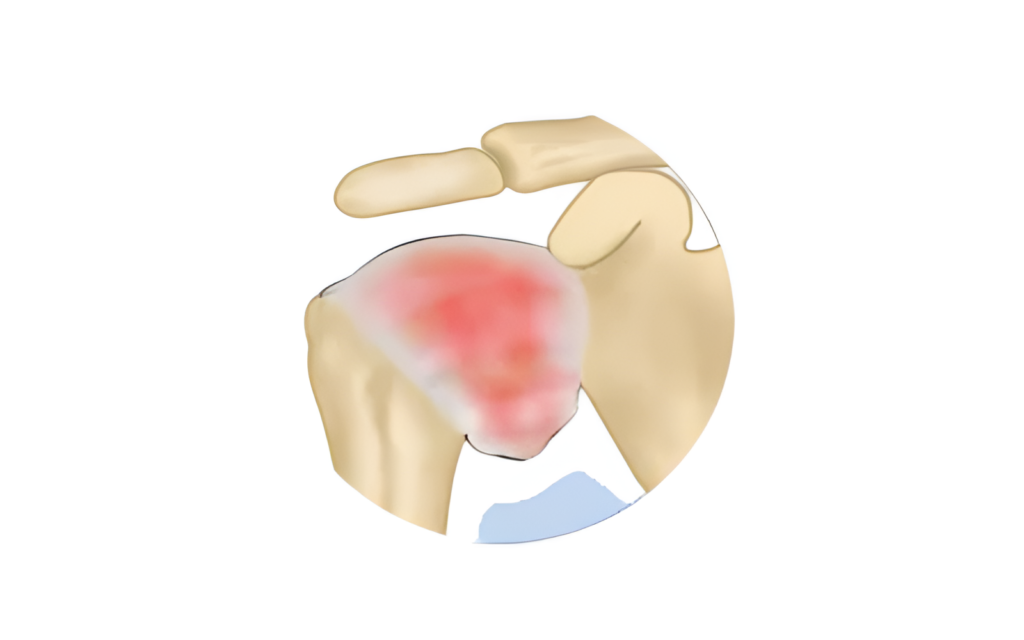

Stiff (FROZEN ) Shoulder
Frozen shoulder is condition in which the shoulder becomes painful, inflamed and stiff. Its severity vary from mild pain to incapacitating pain and stiffness. Pain is typically worse in nights and with sleep disturbance. Even jottling and tapping the shoulder elicits severe pain.With stiffness performing day to day activities becomes difficult.
- Cause is mostly unknown Diabetes, Thyroid, Cardiac conditions
- Bones are normal
- The inner lining of joint and capsule becomes inflamed, scarred and contracted.
Stages
The disease progresses in stages and may take even 2 years to resolve even partially. It is important to know the stage as treatment is directed towards it.
Stage I : Acute (painful); 0 – 3 months
Stage II : Freezing (painful & stiff) : 3 – 9 months
Stage III : Thawing stage : 9 – 24 months.
Treatment
The treatment of this condition has been revamped recently. Gone are the months of physiotherapy and suffering. Early attention is directed to control the inflammation inside the joint at an early stage of the disease by means of injections of cortisone. In late and severe cases an arthroscopy of the shoulder allows to clear the joint and release the tight capsule to achieve immediate relief and improvement in movements.


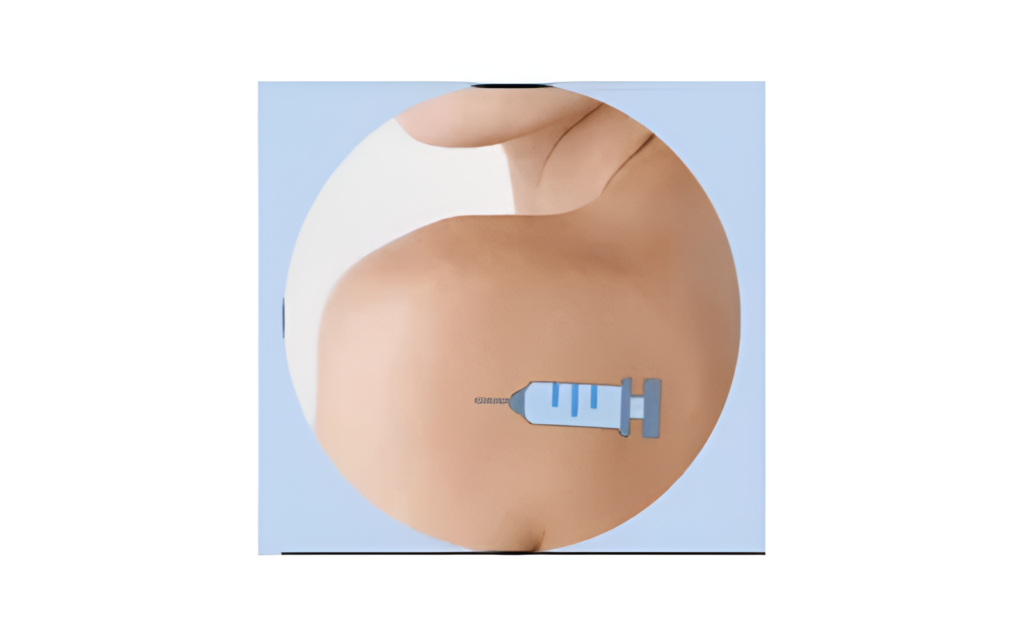

Joint Injections
Injection given early in the disease is the single most important treatment that can bring profound improvement in pain . Injections tend to be less efficient in the later stage of the disease. The stiffness that sets in the later stages of disease also may not respond to injections.
Effective in first few months
Given via the muscles in the back of shoulder
Unique “back-flow” technique – accuracy
Pain relief facilitates further physiotherapy
Arthroscopic Capsular Release
One of the most rewarding surgeries in shoulder is an arthroscopic capsular release done for a stiff frozen shoulder. It gives excellent pain relief and immediate improvement in movements and allows return to function early.
The inside of the joint is visualized by arthroscopy. The diseased inflamed synovium ( the cause of pain) is removed by shaving and radiofrequency. The tight and contracted capsule is released using a radiofrequency cutting probe. This is a bloodless technique and controlled procedure and it is safe unlike manipulation which may result in unintended fractures and tendon tears.


